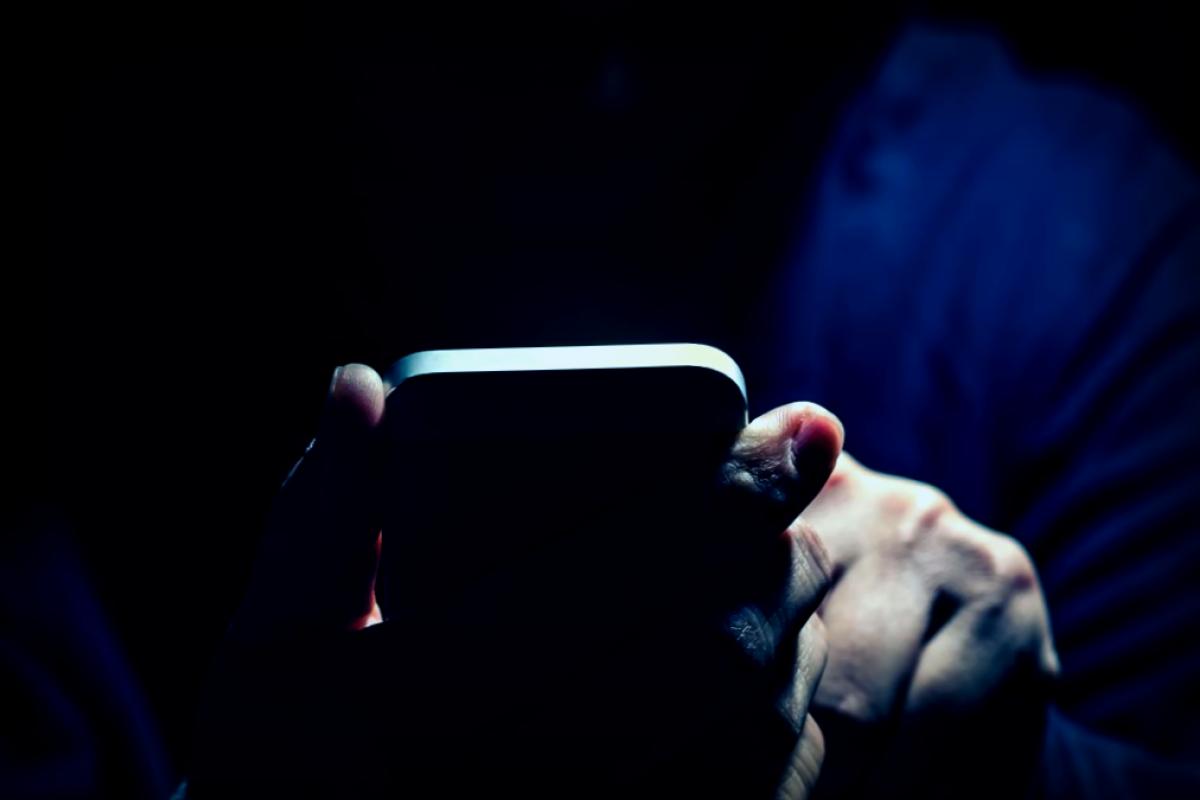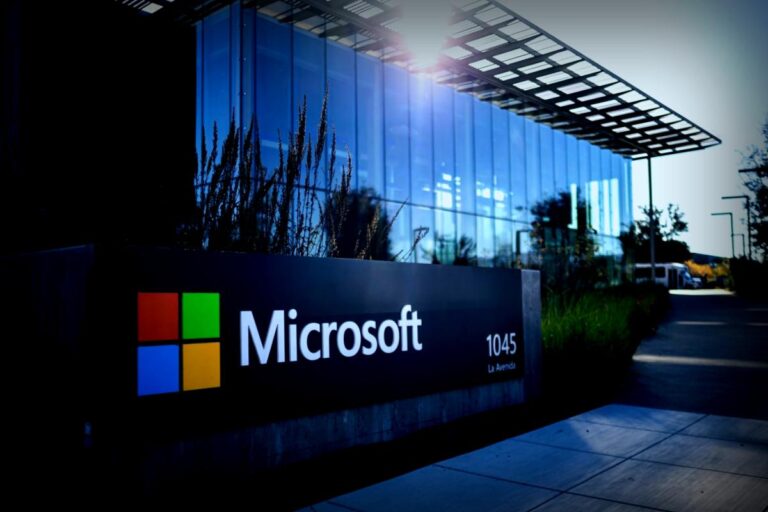At Apple’s recent keynote, one of the most significant updates for the upcoming iPhone 17 series and iPhone Air was mentioned that could go a long way in curbing spyware. The feature, known as Memory Integrity Enforcement (MIE), is like a digital shield against potential spyware attacks.
According to an article by BGR, Apple released a research report describing how MIE works. This new security layer is designed to enhance protection while also making iOS devices less appealing targets for spyware by only allowing trusted code to operate in crucial memory spaces. This effectively hampers the efforts to introduce malicious code into the devices. Apple has been refining this feature for around five years and confidently states it’s the most impactful upgrade to memory safety in consumer operating systems.
The main goal of MIE is to complicate the process of executing spyware so that trying to hack a new iPhone becomes more trouble than it’s worth. While iOS has generally been secure, an increase in zero-day vulnerabilities over recent years has opened doors for malware that preys on memory safety flaws. MIE aims to secure both hardware and software against these vulnerabilities, making the devices even more robust against attacks.
This anti-spyware feature will be standard in both iPhone 17 and iPhone Air models. Apple claims that MIE is integrated directly into the architecture of all iPhone 17 and iPhone Air models, delivering unbeatable, always-active memory safety for key areas like the kernel, without sacrificing the device’s power and efficiency that users have come to expect.
Apple’s development of the MIE system was proactive, as they not only based it on theoretical attacks but also evaluated how well it performed against real-world threats that the iPhone might confront. Although Apple acknowledges that it can’t offer a 100% secure environment, they assert that this feature will enormously drive up the cost for hackers and render many of the most successful exploitation tactics from the past quarter-century less effective, thereby transforming Apple’s memory safety landscape.


















